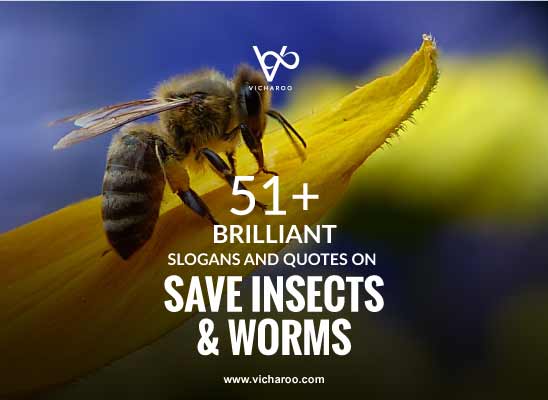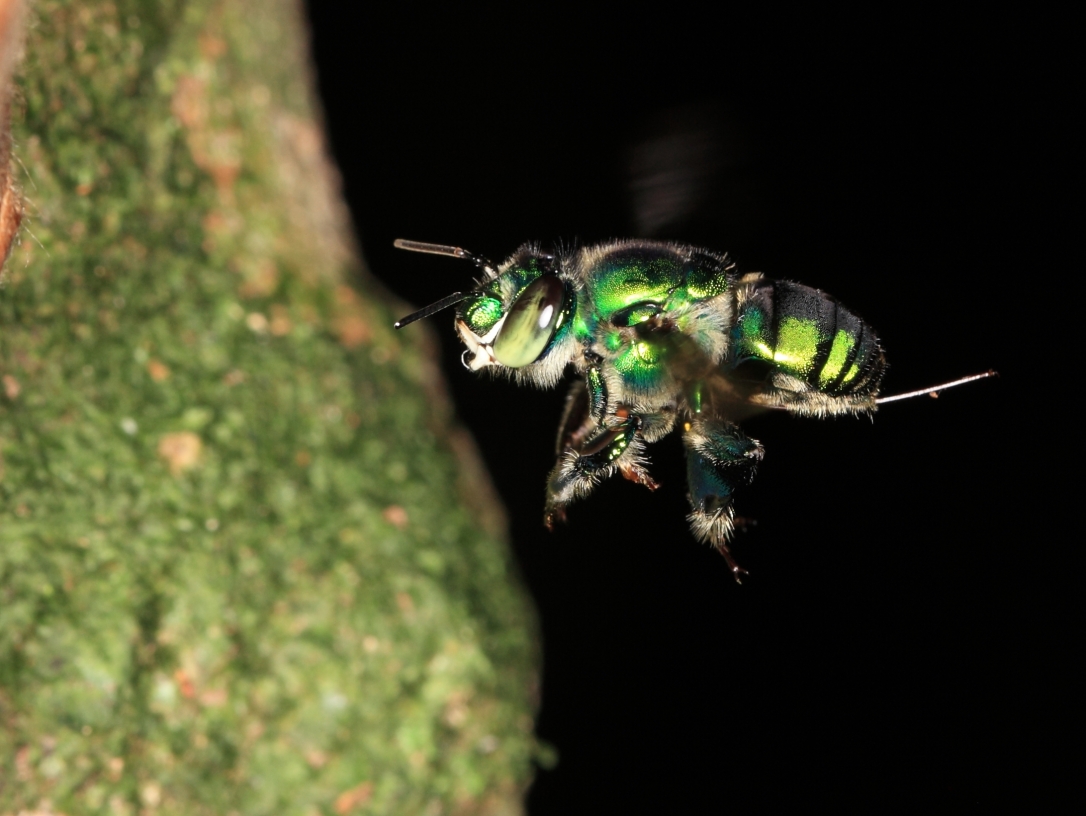
The Amazing World of Bees






When most people think of bees, they think primarily of the European honeybee (Apis mellifera). Ironically, the honeybee couldn’t be a worse representative of bees in general. There are thought to be between 20,000-25,000 species of bees globally…this means there are likely more species of bees than fish or birds.The bee poster child, the honey bee (Apis mellifera) is actually a poor representative of bees as a whole. Image credit: Laura Russo.
While the honeybee is a eusocial, cavity-nesting, and honey-storing (to borrow a botanical term, perennial) insect, the vast majority of unmanaged and wild bees are solitary, ground-nesting, and annual. They range in size from 2 mm (Perdita minima, the smallest bee in the world) to over 6.4 cm (Megachile pluto, the largest bee in the world) and come in a variety of shapes and colours, with some fascinating life histories. Did you know that some bees scavenge dead animals (the exception to bee veganism), some make their own cellophane, or cut leaves and petals to make nests with? Some bees collect oils and some collect scents from orchids. Bees are interesting, beautiful, diverse…and essential to human health.A collage showing the sheer diversity of bee species. Image credit: Laura Russo.
You may think the most important thing bees provide is honey, but the honeybee pollination industry is worth approximately 15 billion dollars a year in the US alone, while the honey industry is only worth 150 million/year in the US. (Honey is only worth 1% of the pollination industry in the US!)Breakfast options, with and without the help of pollinators. Image credit: Laura Russo.
Though honeybees have a long association (4,000 + years) with humans because of their honey, the majority of pollination services on Earth are provided by wild bees. This is true for more “natural” and unmanaged ecosystems, but it is also true even where honeybee hives are regularly rented for their pollination services. In the apple orchards of New York, for example, wild bees have been shown to provide more than twice as many pollination services on average, even though the vast majority of orchard managers spend a significant amount of money each year renting honeybee hives.Andrena mandibularis. Image credit: Laura Russo.
If you’re worried about stinging, you’ll also be happy to learn that the barbed stinger is unique to the honeybee, designed to be painful to honey thieves. Because male bees are incapable of stinging (the stinger is a modified ovipositor), and the majority of solitary bees have a male-biased population ratio (1.5 male:female), most bees can’t sting. Add to that the fact that many groups of wild bees don’t have stingers that can penetrate human skin (e.g. mining bees, nicknamed “tickle bees” by some), and there are whole groups of social stingless bees, you can rest assured that the vast majority of the bee world won’t or can’t sting you.Bumblebees can sting, but they probably won’t. You even pet them when they’re on flowers! Image credit: Laura Russo.
You may be excited to learn about some of the fascinating bees in your own backyard. For example, the British Isles and Ireland are home to a snail shell-nesting bee. If you want to learn more about these charismatic animals, there are a variety of ways to get involved, including citizen science projects like Ireland’s bumblebee monitoring scheme, solitary bee monitoring scheme, and rare species watch.Agapostemon virescens. Image credit: Laura Russo.
Or you can just watch and enjoy the pollinators in your own backyard as they work to keep Earth’s ecosystems functioning smoothly, pollinating the crops we rely on, and the flowers we enjoy.

Dr Laura Russo is a postdoctoral research fellow at Trinity funded by a Marie Curie Sklodowska Fellowship. She is studying the impact of agricultural runoff, both fertilizer and herbicide, on communities of plants and their insect pollinators (https://www.tcd.ie/Botany/staff/stout/project-effects-of-fertilisation.php). https://campusbuzz.blog/2017/07/10/the-amazing-world-of-bees/
